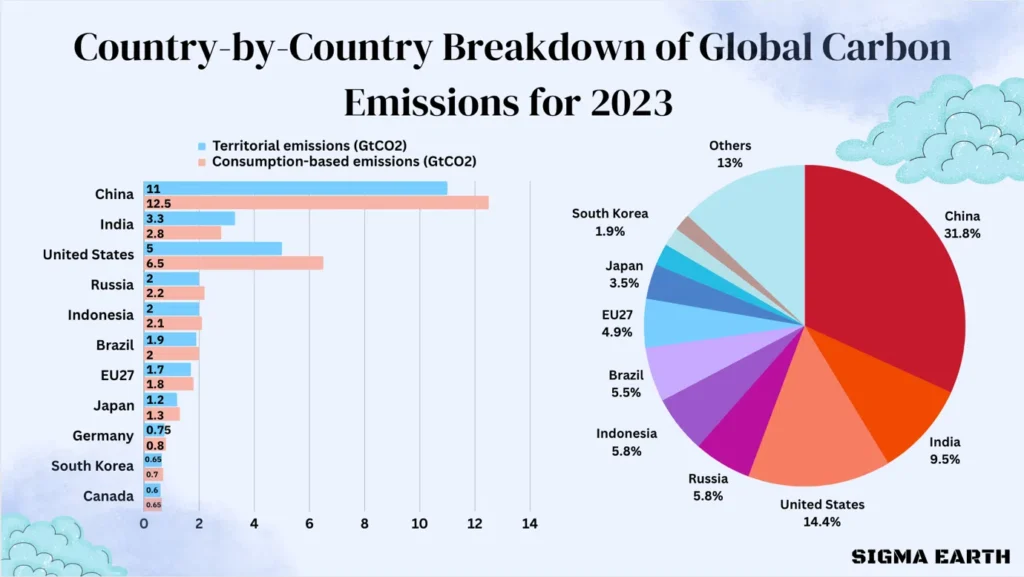-
The rapid growth of generative AI has raised concerns about its potential to contribute to global carbon emissions.
-
Data centers, particularly in Ireland, consume significant amounts of energy, and major tech companies like Google face similar challenges.
-
The use of AI in conjunction with blockchain and cloud computing can exacerbate environmental impacts.
Artificial intelligence, or generative AI (Gen AI), has become a must-have tool in today’s world. The emergence of such sophisticated AIs has overhauled the performance of many organizations, and more so in Web 3.
Generative AI and its entire industry are an ever-growing franchise, with more users opting for its quick solution, rendering mundane office jobs obsolete.
Unfortunately, few have managed to connect the dots between AI and blockchain, leading to the integration of this technology into Web 3’s grand plan for global dominance.
As a result, many Web3-based organizations have integrated AI to overhaul their performance and aid in automation.
Unfortunately, the rapid adoption of generative AI has raised some eyebrows, given its high record global emissions target. Most, if not all, tech companies today have adopted AI to develop sustainable cloud computing, smart contracts, and even mundane jobs.
According to the SAS report, the excessive use of AI will eventually result in high carbon emissions if not addressed, further straining its adoption rate.
Generative AI and its Global Emissions
Artificial Intelligence was once a fictional pursuit that debuted between the 1950s and 1980—this ground-breaking year formulated the theoretical groundwork of AAI, including regenerative models.
It contained the early work on Machine learning algorithms and neural networks, creating AI systems that had more symbolic reasoning and rule-based systems. Fast forward three to five decades later, and the early adoption phase of AI is at its peak.
Today, Generative AI has carved its niche in the hearts of many organizations. This new technology overthrows the need for additional labor for mundane work, opening new doors of opportunity. Unfortunately, overuse without precaution can cause dire consequences, like any other technology.
Also, Read: Nvidia Targets Metaverse with Generative AI Models and NIM Microservices.
For this particular topic, AI has found itself at a crossroads Web 3 once faced: environmental impact.
According to the SAS report, Rethinking data and AI in the cloud: How to move to a sustainable future, the exponential growth of generative AI could have catastrophic global effects if its carbon emissions aren’t dealt with.

It further emphasizes how senior decision-makers in large organizations are torn between finding better ways to harness data via the power of AI while dealing with its immense carbon emissions.
This issue is ever-growing, and with AI steadily becoming as big as not bigger than digital assets, it could lead to environmental catastrophes.
The Report cites several examples, like Ireland’s energy-hungry data centers that consume more electricity than all of the region’s urban homes combined, equating to an average of 8.1 billion kWh. In addition, the report indicated that if Google successfully transitioned into full AI, it could consume just as much power.
Jerry Williams, chief environmental officer of SAS, said, “Organizations often think that environmental responsibility is primarily a cloud vendor obligation, but the truth is, it’s a shared responsibility. Greater efficiency in AI model development, made possible by the availability of data and AI platforms optimized to run in the cloud, will also help teams reduce unnecessary duplication and waste and minimize energy consumption.”
Gen AI on its own poses a threat if it goes unchecked, but the real danger comes with its interoperability. In most cases, AI is used to complement and overhaul existing systems, requiring two or more forms of technology.
AI and digital assets initially posed a significant threat, but fortunately, with POS consensus mechanisms, carbon emissions have been reduced. The same, however, cannot be said with AI’s initial partner, cloud computing.
Also, Read: Meta Workplace App Phased Out in Favor of AI and Metaverse Development.
Utilizing both technologies solves any organization’s storage, security, and availability issues. Cloud hyperscalers like AWS, Microsoft Azure, and Google Cloud Platform are making strides within the franchise by utilizing AI to create sustainable cloud computing services.
Unfortunately, global emissions from cloud computing exceed those of commercial aviation, ranging from 2.5% to 3.7% of all global greenhouse gas emissions. The SAS report showcased that cloud and analytics sprawl causes 99% of large organizations’ issues, leading to increased infrastructure, storage, and processing costs and a hidden environmental impact.
Conclusion
Irrespective of the numerous concerns and worries, the SAS has clarified that it doesn’t wish to decelerate the adoption of AI. Rather, like digitalization, finding a solution to exit without immense global emissions is important.
The shift to generative AI and sustainable cloud computing is irreversible. Governments, organizations, and financial sectors have adopted AI to overhaul its global reach. The world needs not to abandon the concept of AI but to advance data center architecture and administration to assets in reducing any environmental consequences AI has.
